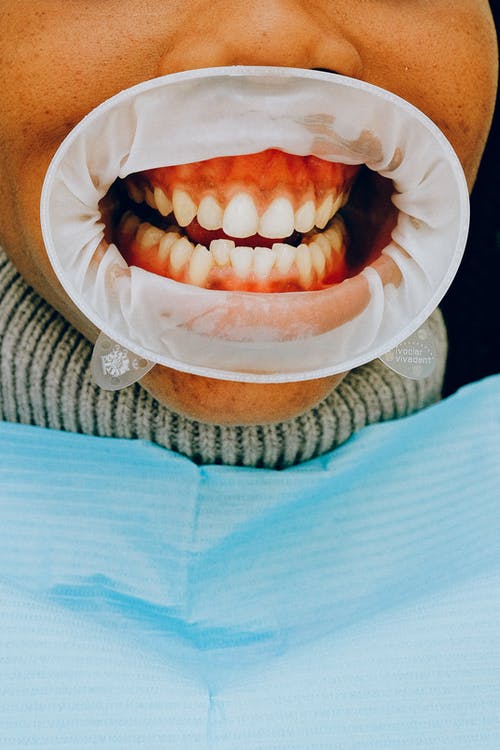
Gum disease affects a considerable number of individuals with varying degrees of severity. If therapy is initiated early in the disease’s progression, it is possible to stop the passage of the disease. The treatment’s primary goals are to reduce long-term tissue damage, manage infection, and avoid tooth loss. You can help the therapy work more successfully by doing a few simple things. Depending on the severity of the ailment, patients may choose from several treatment methods.
Gum Disease Treatments
Gum disease is a less severe type of gum disease that may be treated without surgery. In the healing process, gum damage isn’t permanent or irreversible. It will be necessary to clean and plan your teeth frequently. It will be essential to scrape plaque and tartar away, with follow-up treatments every 3–4 months after that.
In some instances, your dentist may recommend that you take antibiotics. These will aid in the infection-fighting process. These may be used as a mouthwash, administered topically, or eaten as capsules or tablets. It’s possible that you’ll be instructed to use antimicrobial toothpaste.
If your teeth hurt do not wait to schedule an appointment. Contact emergency dentistry in Surbiton and Surrey immediately.
Treatment for Periodontitis
Periodontitis is a kind of gingivitis that has migrated to the bone. If you have this problem, get medical attention immediately since the infection may quickly spread, causing gum and tooth damage.
Periodontic dentistry or gum disease therapy comprises careful diagnosis and complete treatment of the single leading cause of tooth loss in elderly adults.
Scaling and Planing
Scaling and planing is a dental procedure where your dentist removes tartar and plaque deposits above and below the gum line using a dental instrument. This process removes the plaque that has already formed and prevents it from developing again.
Antibiotics
Antibiotics may be prescribed to you to destroy the bacteria and stop the illness from spreading. These might come in tablets or capsules, or they can be applied directly to the skin. Antibiotics may also be injected directly into the spaces between your teeth. If none of these therapies work, surgery will be necessary.
Surgical Treatments
This operation aims to reconstruct the gums while also removing any diseased or loose tissue. Plaque may be avoided if all holes between your gums and teeth are closed.
Flap treatment
During this process, the gum flap is moved aside, and the teeth’ roots are cleansed. The flap may be reinforced, and the injury to the bone could be healed.
Extraction
The tooth may need to be extracted if the problem is serious enough. Antibiotics may be prescribed to aid with your recovery.
To treat an infected root canal system, dentists employ the Surbiton Smile root canal therapy. Instead of removing a tooth that has been severely damaged or diseased, it is possible to restore and preserve it.
Follow-up Procedures
After the non-surgical or surgical operation, the dentist will instruct you on proper brushing practices and gum health maintenance. Clean your teeth thoroughly after each meal and floss at least once a day to maintain good dental hygiene.
You can be offered an antimicrobial mouthwash to use regularly as well. In addition, you will need to return for follow-up appointments, during which your dentist will inspect the condition to see whether it has returned after treatment.







